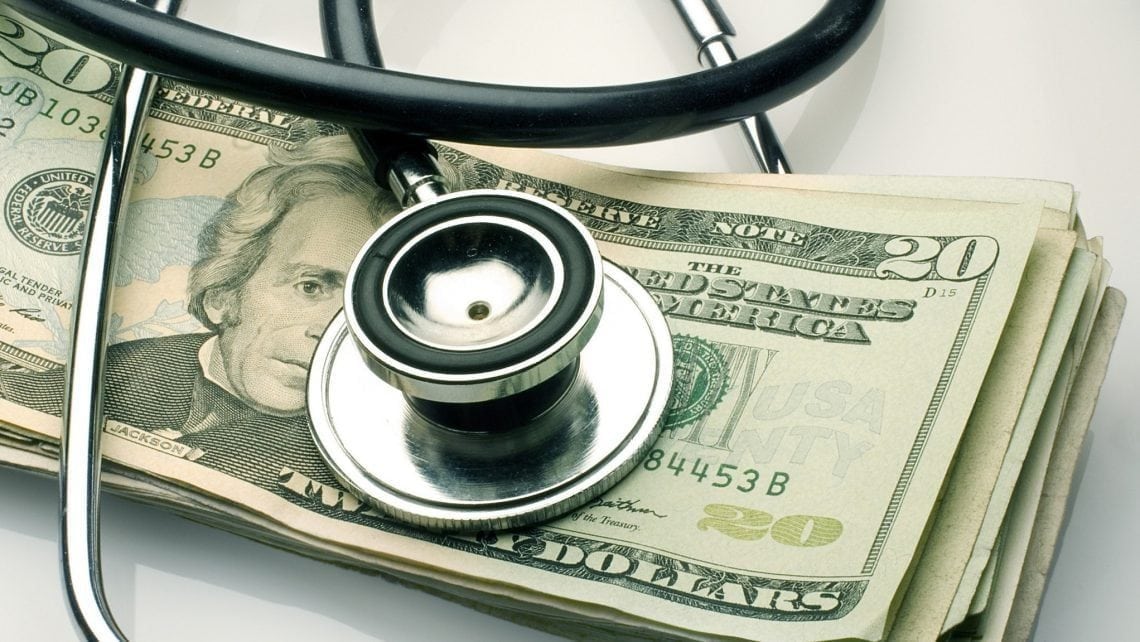What is a Copayment?
A copayment, or copay, is the cost of a medical service as indicated by the health insurance company. Copays are fixed rates applied to the first-dollar benefits one receives with a copay health plan, such as doctor’s office visits and prescription drugs. The insurer decides on these rates each year and they are the same for every plan member across the board. Health care visits and services that use copays require payment at the time of service for the amount specified on your insurance plan. The amounts can typically be found on a health insurance identification card if you have such a plan. Many HMO plans are entirely comprised of copays for the covered benefits offered, and PPO plans specified as a copay plan or traditional PPO use copays for a handful of services.
Copays are technically a form of coinsurance, though coinsurance in the health care system refers to the percentage owed by the patient for services after meeting the deductible. The specified copay amount must be paid before the insurer covers any of the costs, and they are typically not considered as a contribution to a member’s out-of-pocket maximum. The purpose behind implementing the copayment system was to avoid unnecessary medical care being sought by policy holders. Health insurance companies use copays so that individuals would be able to keep track of how many illness or injury visits they have financially, and use such visits more seriously. It is assumed by the insurer in this case that people would go to the doctor more if they had no copay to keep them accountable for the number of visits and a small portion of the cost.
This method of health insurance reimbursement could also work conversely, as having a set cost at a high level could make it less appealing for individuals to seek medical care. If the copays are too high, the health care system risks a lack of participation, and people lose their insurance if they cannot afford their copay. Therefore, copays are kept in a relative level of affordability, for instance, between $20 and $45 for a primary care office visit.
Convenient Health Care
The predictable rates offered by a copayment plan, whether HMO or PPO, can be very comforting and simple to the policy holder, which is one reason why they are so popular among health insurance carriers. A copay product not only guarantees the consumer will be paying for a portion of their care immediately when receiving the service, thus somewhat pleasing the providers, but gives individuals peace of mind that they have contributed what they owe without multiple zeroes at the end of their bill. Copayment plans can come with unlimited primary care office visits or as limited as the first two visits covered for a designated copay.
Services that many insurance companies offer for a copay include emergency room visits, urgent care, surgery, inpatient hospitalization, specialist care and prescription drugs. Some HMO plans even include maternity services for a copayment. The greatest draw of having a copay plan is the ability to receive care as soon as your plan starts. There is no requirement to first meet the deductible in order to afford a visit to a physician or purchase prescriptions. Plans with copays range in cost, though typically have a slightly higher selection of deductibles – UnitedHealthOne’s Copay Select plan with a range for $1,000 to $10,000 per individual.
Copays and Prescription Medications
Health insurers often, if not always, make brand name and upper tier prescription drugs available for a higher copay than generics. This has become an expectation, though after many years a brand name drugs may fall to generic status when the patent expires. Expiration can take over twenty years to occur in most cases, as the pharmaceutical industry keeps their patents on a long-term basis. Prescription consumers are at a disadvantage in certain circumstances, due to some brand names not having generic equivalents and costing the patient more than they can handle. To alleviate this issue, there are prescription discount cards and other such coupons available for qualifying recipients. Short term copay reduction programs are also available through subsidies lasting anywhere from two months to one year.

Leave a Comment